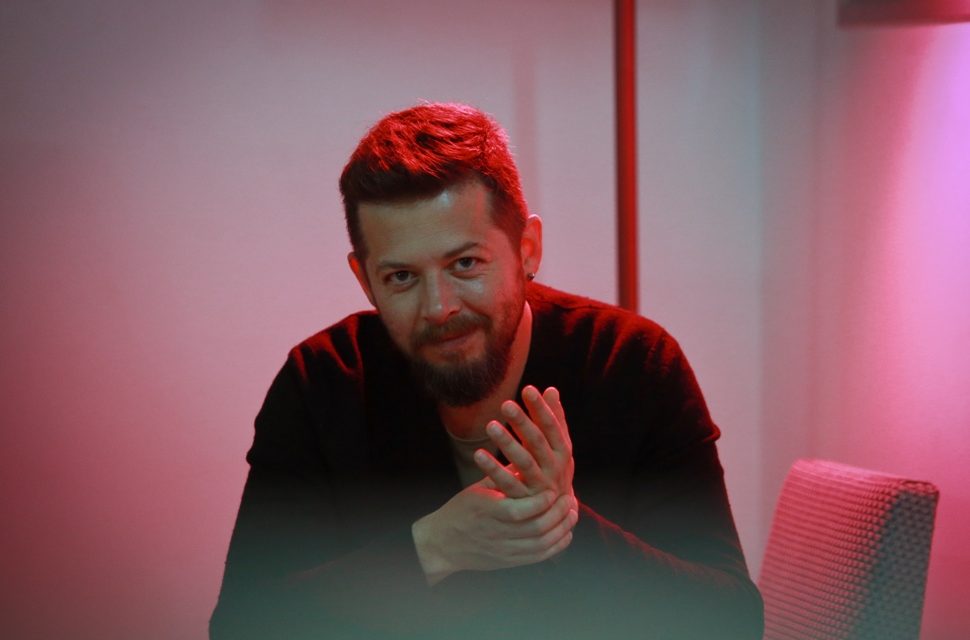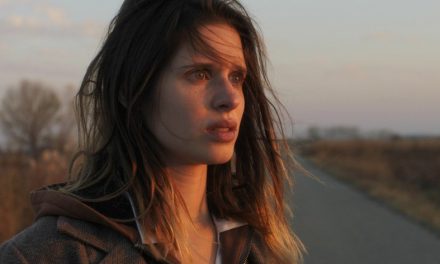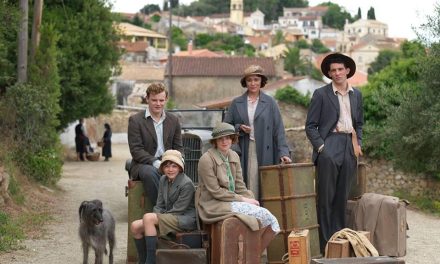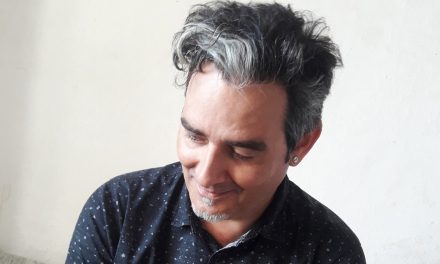Syllas Tzoumerkas, photo by Kiki Papadopoulou
In his last film, “The Miracle of the Sargasso Sea”, Syllas Tzoumerkas builds a story inspired by one of nature’s paradoxes – the eels’ exodus from freshwater to the ocean, when they are sexually mature, to embark on a journey of no return to breed and die in the depths of the Sargasso Sea – about two women, trapped in Messolongi, a city with a glorious past and gloomy present. Elisabeth used to be an aspiring police officer in Athens who was exiled by her male superiors to Messolongi as head of the local police station. Elisabeth, traumatized by her demotion, does an excellent job in self-punishment with heavy drinking and a dead-end affair with a married man. Rita, the oppressed sister of the local night club singer, is more than ready for her own escape. A suicidewill serve as a catalyst to bring these two, unconnected so far, women together.
As with his previous film, “A Blast”, Tzoumerkas and his fellow script writer, Youla Boudali, seem to have a knack for women beaten by the crisis in Greece: women under all sorts of pressure serving as a canvas for the ambivalence of the human condition, rendering a philosophic nuance to “The Miracle of the Sargasso Sea”. Nevertheless, Tzoumerkas has noted that he does not think in terms of gender, but is rather interested in building round characters.
Born in Thessaloniki, in 1978, Syllas Tzoumerkas writes, directs and is a film and theatre actor. His debut feature film, “Homeland”, premiered at Venice Critics’ Week in 2010 and went on to screen at international film festivals. His second feature, “A Blast”, premiered at Locarno Film Festival 2014 and was shown at over 100 festivals and was theatrically released in 20 countries around the world. His third film, “Miracle of the Sargasso Sea”, a compelling thriller at heart, with many dream sequences that bring to mind Nicolas Roeg, Werner Herzog and David Lynch, a rich iconography that stretches from P.P. Pazolini to Japanese manga and an equally varied soundtrack, premiered at the Panorama section of the 69th Berlinale 2019. Interviewed by Greek News Agenda*, Tzoumerkas elaborates on the development of his characters, based on real life women and then exposing them to extreme situations that help explore both the darkness and light within them. Tzoumerkas repeatedly refers to the notion of Justice that is one of the themes of the film, along with the feeling of belonging and the power of people to determine their own fate. He also talks about how he worked with the history as well as the morphology of the film location, Messolongi, to creatively incorporate it in the film plot.
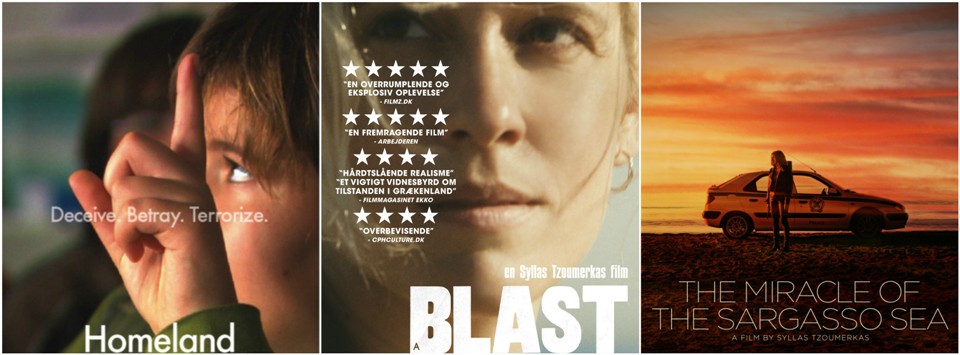 As you have noted in a previous interview, your three feature films are a trilogy on the Greek crisis: “Homeland” is about the lies that led to it, “A Βlast” is about the emergency situation at the peak of the crisis, and “The Miracle of the Sargasso Sea” is about the emergency aftermath: a quagmire state, with no sense of direction. Have your hopes for a better future evolved along with your cinematic style?
As you have noted in a previous interview, your three feature films are a trilogy on the Greek crisis: “Homeland” is about the lies that led to it, “A Βlast” is about the emergency situation at the peak of the crisis, and “The Miracle of the Sargasso Sea” is about the emergency aftermath: a quagmire state, with no sense of direction. Have your hopes for a better future evolved along with your cinematic style?
‘Better futures’, whatever that really means, is the job of politicians. What I work with and care about is decoding the dynamics I see in the people I know and in societies; dynamics that in both cases are rooted in certain elements of character and travel from their past to their present and to their aspired future. ‘Homeland’ talks about how a certain type of lie that manifests itself through a lack of literality in the choice of words when we talk about important stuff, eventually haunts, erupts and tragically derails the present, both on a personal and political level. ‘A Blast’ was the story of a woman who, acting in a heightened state of personal and social crisis after spending years in a lethargic state, painfully and forcefully attains some state of disenchantment and manages to articulate herself clearly – whatever the cost. In the ‘Miracle of the Sargasso Sea’, two women stuck and sunk in a literal and psychological swamp of defeat, self-deprecation, loneliness and despair, violently manage to resurface, resurrecting from the world of the common dead.
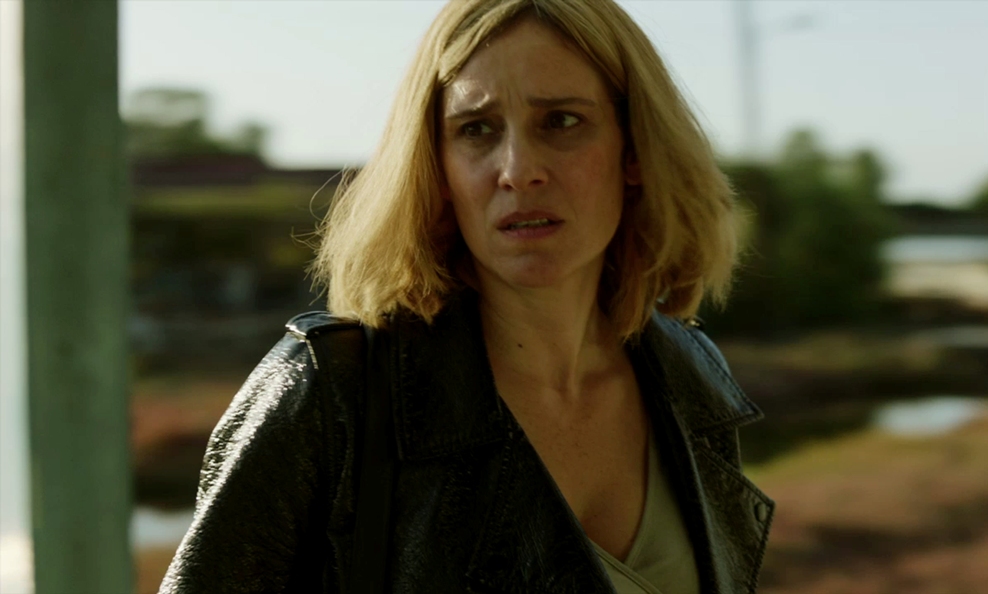
Angeliki Papoulia, “The Miracle of the Sargasso Sea” (2019)
Your film focuses on two female characters. Two rounded characters, burdened with their past, victims of patriarchy, with intriguing ambivalences. How were these atypical protagonists developed by you and Youla Boudali, co-scriptwriter and protagonist?
Both Elisabeth and Rita are rooted in real-life women and situations we know. After sketching their core characters, it was all fun for us to allow them develop freely in our imagination, exposing them to the kind of extreme and everyday situations that crack-up and let their humour loose, their immense physical strength, their matter-of-fact scandalous nature, their sense of justice, their faith, their ugliness and their beauty. As Elisabeth puts it in the dinner-from-hell sequence, “they’re quite unforgettable’.
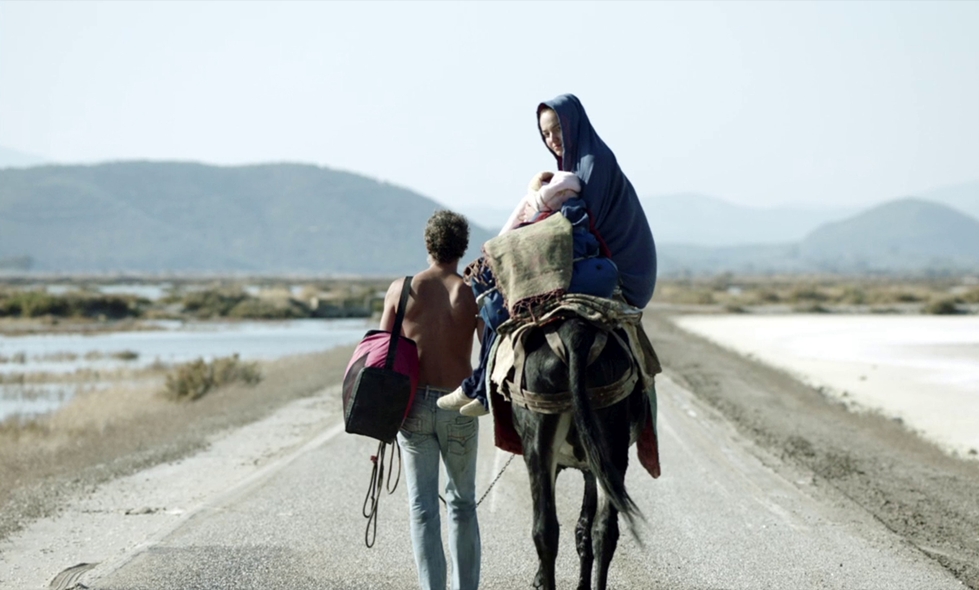
“The Miracle of the Sargasso Sea” (2019), photo by Kiki Papadopoulou
There are plenty of religious references in the “Miracle”, many of them regarding Paradise in its many transformations: the sexual Paradise, the Paradise to which each of the main characters wants to escape. There is a sense of a Paradise lost running throughout the film. Would you like to elaborate?
I don’t like the verb ‘escape’ as an action when it comes to Paradise – both in our lives and in the film. I talk about Paradises-lived, Paradises-lost and Paradises-craved and these are the three situations we find Sargasso’s characters in. There is a Paradise that comes from the surrounding nature, a Paradise that comes from Christ, a pagan Paradise of sexuality and a Paradise of Justice that comes from achieving something very rare: acknowledging and acting on what is just when dealing with the painful interactions people have between them. In the course of the film, all four occur (often miraculously), they degrade, they reboot, they are desperately desired or bitterly mourned, in waves.
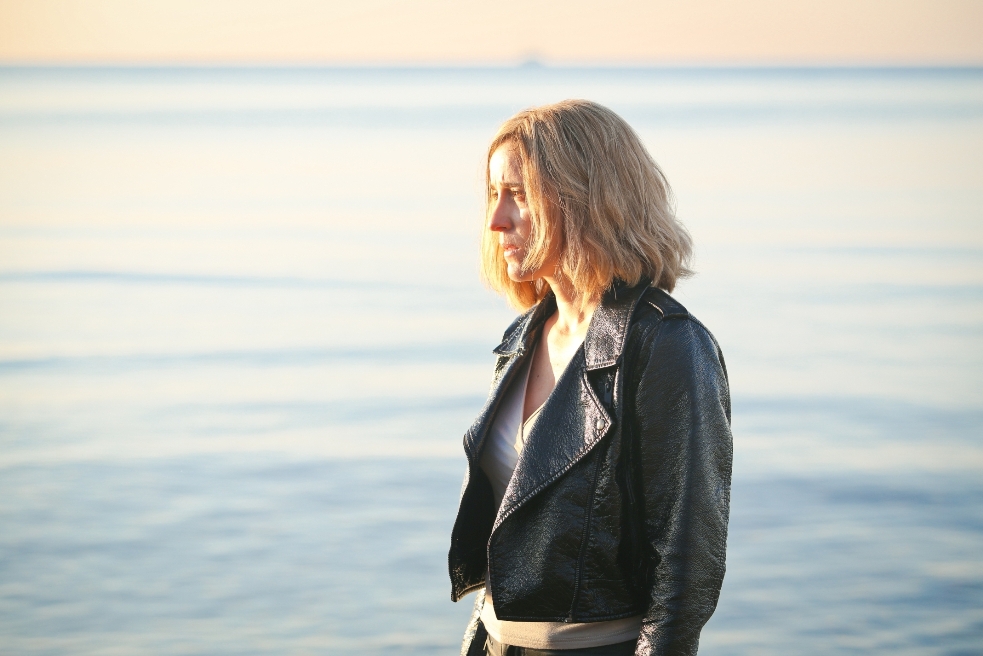
Angeliki Papoulia, “The Miracle of the Sargasso Sea” (2019), photo by Kiki Papadopoulou
The Guardian called your last film a “Lynchian psychodrama in the sun”. Is “The Miracle” a film that dwells on life in small Greek cities or is it a story that could take place anywhere around the world?
As always, obviously everywhere and only there; I grew up in a village, and then lived in big and bigger cities. I build a dirty stable to live in, in all these places.
Messolongi, the city where the story takes place in is almost a character in the film: a beautiful city with many skeletons in the closet. Could you tell us more about the choice of film location and its incorporation in the film plot?
It’s not a beautiful city, really, apart from its white-trash, poor neighbourhoods that are very photogenic and the city’s lakefront, but it’s certainly surrounded by nature whose beauty is so immense and diverse that it dazzles you: everywhere you look there’s water – sea, large lakes, rivers and swamps, then dry land, desert land and luscious green natureright next to each other, the sun reflects on everything, on mud and water, creating a feeling of walking in a dreamscape. And this mode of subconscious explosion was exactly the feeling I wanted for this story and the shared dream-world of these characters. When it comes to skeletons in the closet, they’re everywhere, it is human nature. As for the history of the place, the famine, the exodus and the retelling of the event by the romantics, it was a fun backdrop to use at certain moments of the film, either ironically against the present state of the place, or as an inevitable force of self-destruction or liberation-craving or both, in the hearts of certain characters.
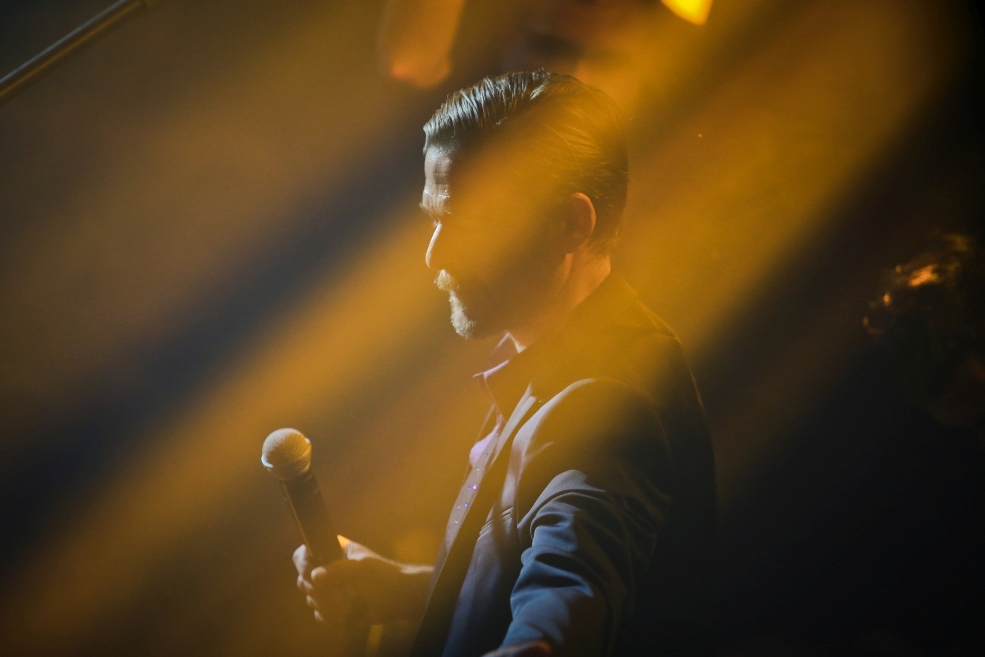
Christos Passalis, “The Miracle of the Sargasso Sea” (2019), photo by Kiki Papadopoulou
How did you work with your DoP on the film’s visual style?
We worked together with Petrus Sjövik extensively in location scouting and designing the dreamy visual character of the film before going in production. We were both tireless, full of passion for our discoveries, and passed a lot, a lot of time literally in the mud… We wanted eerie ‘70’s-style close- ups, natural but very full colors, rays of light attacking the lens directly and through reflections, contrasts of extreme dryness and suffocating humidity, exploding heat in some shots, and mostly a feeling of things happening in real-time under the sun; that’s why we chose to shoot three of the film’s most important and difficult scenes in real time, each in one long 45min. real-time take that then breaks into more shots, creating a feeling of urgency, of real-life, as the sun moves along the horizon, frames and sort of looks at the action. It’s one of the most magical collaborations I ever had.
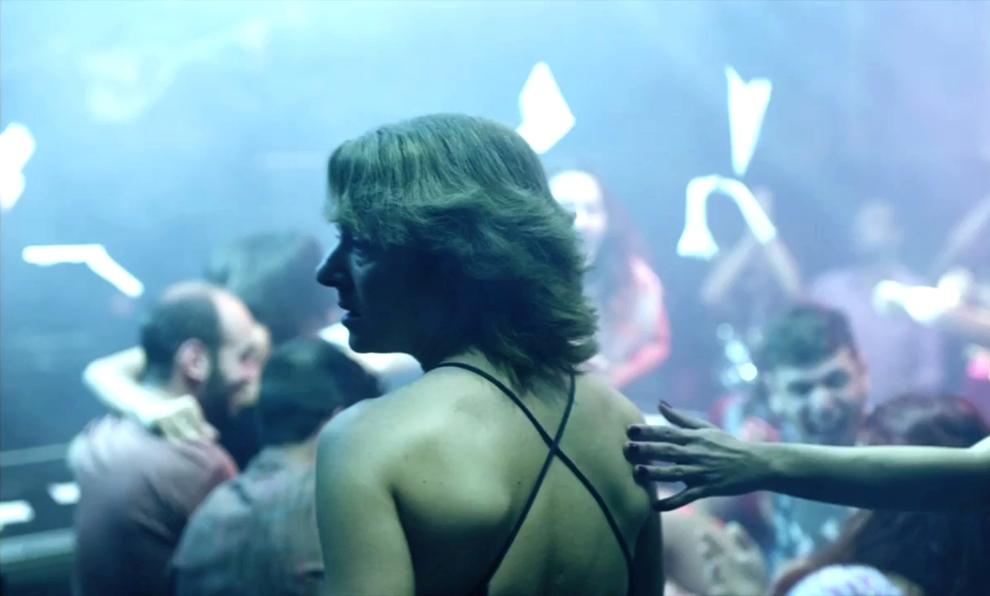
Youla Boudali, “The Miracle of the Sargasso Sea” (2019), photo by Kiki Papadopoulou
There is a fluid reality in the way characters perceive themselves, their sexual identity and surrounding reality. In this fluid and unstable environment there is a huge sense of alienation: demeaning sexual affairs void of emotion, painful family relationships, immigrants that don’t feel at home. How do you approach these two concepts?
Most characters in this film have a sexual fluidity that’s again close to the world of dreams. Nothing is certain here – just like in life, just like in dreams. And each character has a different reaction to that dynamic, the more this queerness manifests itself: some celebrate it, others try to hide it and become conventional and cold, in others it creates an emotional explosion, others only just now begin to discover it, others are ashamed of it and become violent, others use it for their own gain, and others try to degrade it and narrow it down to the size of a small mobile-phone video. That’s how people are, when we talk about things like that.
There is a metaphysical connection between the two women, the two trapped eels of the film that will be each other’s miracle. Are we our own miracle?
No. Miracles happen in interactive states, in our exposure to the unknown.
* Interview by Florentia Kiortsi
Read also: film reviews by Variety, Hollywood Reporter, other reviews summary.

